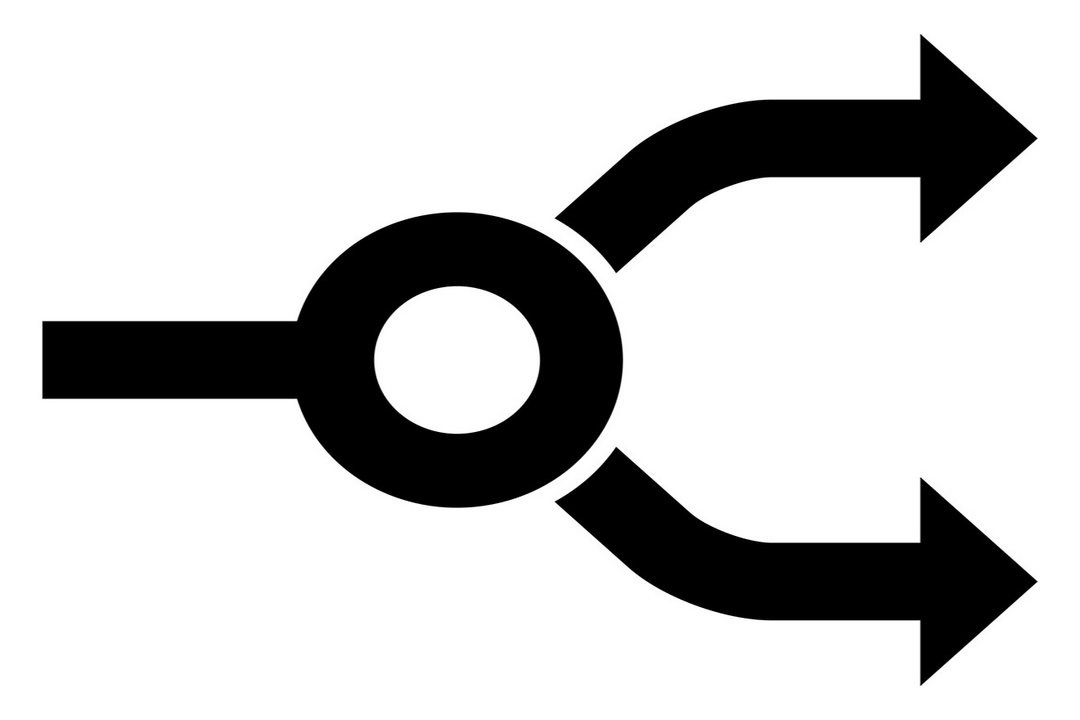Warenkorb
Sie haben keine Produkte im Warenkorb.
From the time of the change of timetable on 11 December 2022, RhB will be using multiple-unit trains. During trial operation, I take a look at the process from the perspective of a passenger. Will I get along? Will I find my train? An experience report.
Multiple-unit train operation means that a train is divided into several parts and that these parts of the train travel to different destinations. The RhB concept envisages two to four Capricorn railcars being combined and initially being run as one train from Landquart. In Klosters, the train is then divided into two trains. One section of the train goes to St. Moritz, the other to Davos. On the way back, the trains are reunited in Klosters and then travel together as one train to Landquart. From the time of the timetable change in December 2022, multiple-unit train operation will be in place at RhB.
Note already in the app
When searching for the right connection in the app, I notice an icon I'm not familiar with: a point with two arrows coming out of it.

Icon "Train with multiple destinations"
Very suitable for multiple-unit train operation, I think. So the train has two different destinations with a single starting point. The legend also reads “Train with several destinations: Please note what is written on the train.” I’ll remember that.

Display in the app
At the train station in Landquart, I first make my way to the information monitor showing the departures. I find my train to Davos leaving from platform 6, that is immediately obvious. At the entrance to the platform, I discover the wing symbol again. Now I realise that I should definitely get on the right part of the train.

Monitor at access to the platform
Friendly train staff are already waiting on the platform and the train guard kindly asks me where I am travelling to. “To Davos, please board the rear section of the train. The front section of the train goes to St. Moritz,” she informs me and points me back. I walk a bit and, based on the signs on the outside of the train on the driver’s cab and on the side of the doors, I read that this part of the train is going to “St. Moritz” and that I still have to walk further down towards part of the train further to the rear. A Capricorn is 76 meters long, after all. Now I have found the right train. I see “Davos Platz” on the screen next to the door.

Destination display on the train
The train guard checks my tickets and now I can enjoy my train journey. It has already snowed a little and I’m travelling through Prättigau for the first time. The train journey flies by. Just before we reach Klosters, two loudspeaker announcements explain that this train is being divided into two sections. Passengers travelling to St. Moritz should please change to the front section of the train – there's time to change in Klosters. The train guard also tells passengers about the change, but there are already only passengers to Davos in my compartment.
This information is also shown on the info screens on the train and, lo and behold, the symbol can also be seen at the top left.

Monitor display on the train
As a passenger, you hardly notice that the trains are being separated. After a brief stop in Klosters, the train picks up speed again and arrives at Davos Platz on time.
No comment has been made yet.
What do you think?